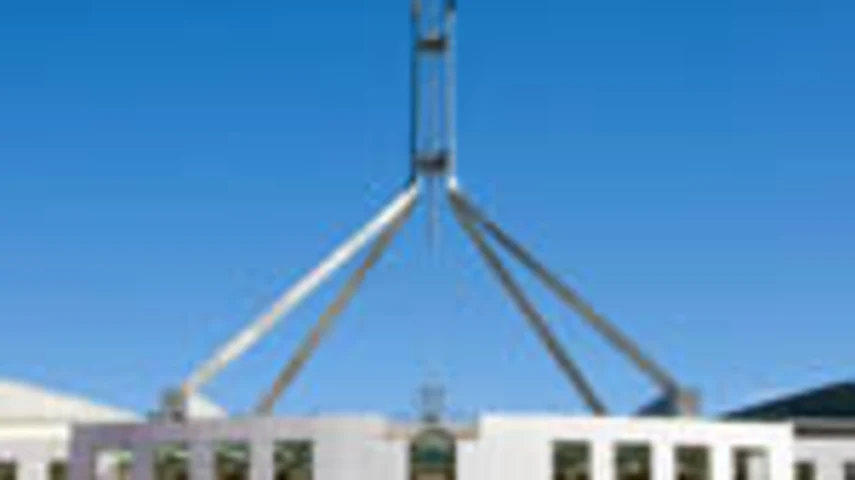Survey says Govt's $11 opt-in cost a fallacy



The Assistant Treasurer, Bill Shorten, may have accepted $11 as the likely average cost to planners of implementing the Government's proposed two-year opt-in arrangements, but a significant majority of planners believe it will cost $100 or more.
That is the bottom line of a survey conducted by Money Management almost immediately following Shorten's release of the first draft of his Future of Financial Advice legislation last week.
The $11 a week figure was the result of research conducted by actuarial consultancy Rice Warner, and the company's principal Michael Rice has subsequently signalled it will be issuing a submission to further explain how the firm arrived at the figure.
Treasury officials earlier in the year indicated to a Senate Committee they had seen industry research suggesting opt-in would cost around $100 per client.
Money Management last week pointed to the Government's acceptance of the Rice Warner $11 assessment, and asked what they believed it would cost.
The survey found that 89 per cent of respondents believed it would cost more than $50 per client, while 66 per cent of respondents believed opt-in would cost at least $100 per client, with a further 5 per cent of respondents believing it would cost $75 per client.
Only 8 per cent of respondents to the survey agreed with the Rice Warner figure of $11 per client.
Full results of the survey are published in this week's edition of Money Management.
Recommended for you
The central bank has released its decision on the official cash rate following its November monetary policy meeting.
Melbourne advice firm Hewison Private Wealth has marked four decades of service after making its start in 1985 as a “truly independent advice business” in a largely product-led market.
HLB Mann Judd Perth has announced its acquisition of a WA business advisory firm, growing its presence in the region, along with 10 appointments across the firm’s national network.
Unregistered managed investment scheme operator Chris Marco has been sentenced after being found guilty of 43 fraud charges, receiving the highest sentence imposed by an Australian court regarding an ASIC criminal investigation.











